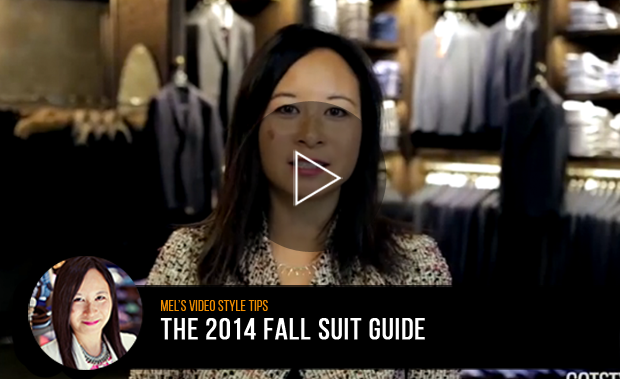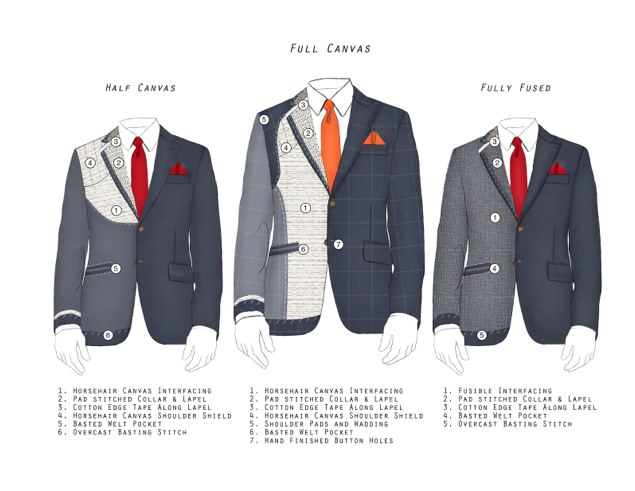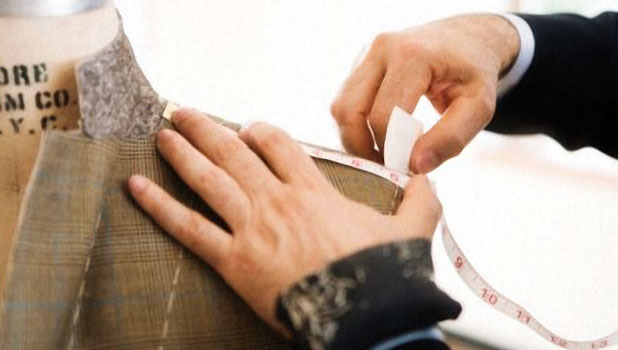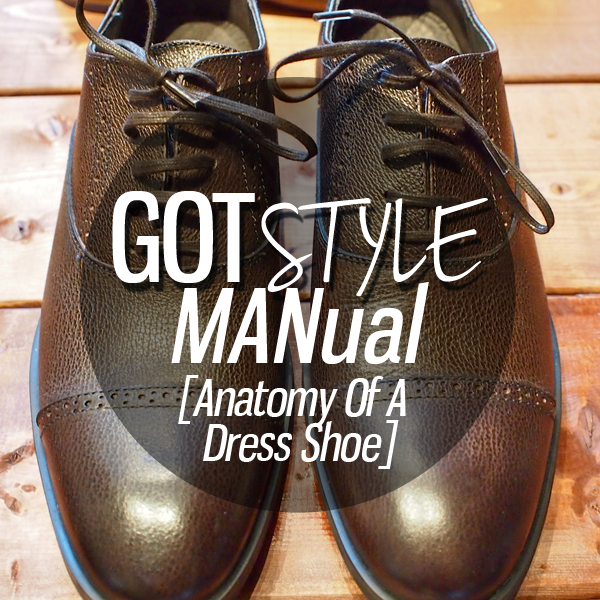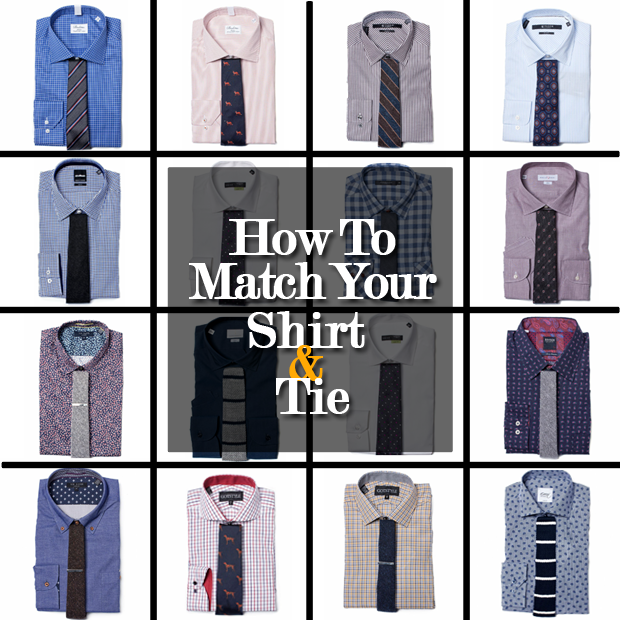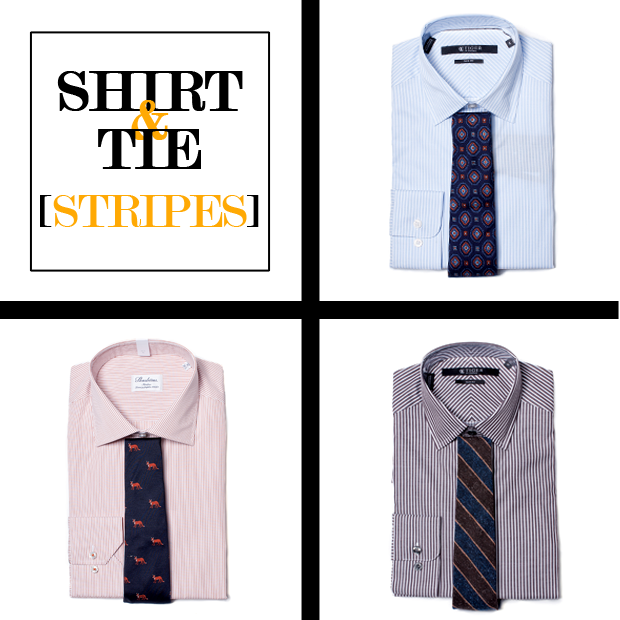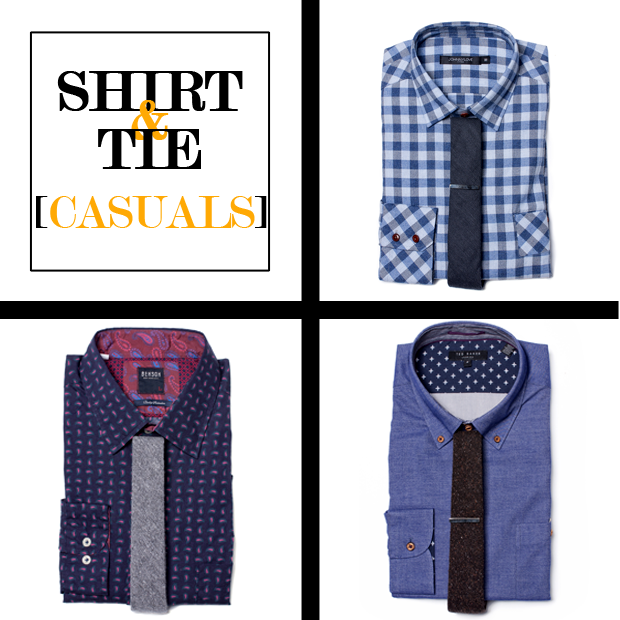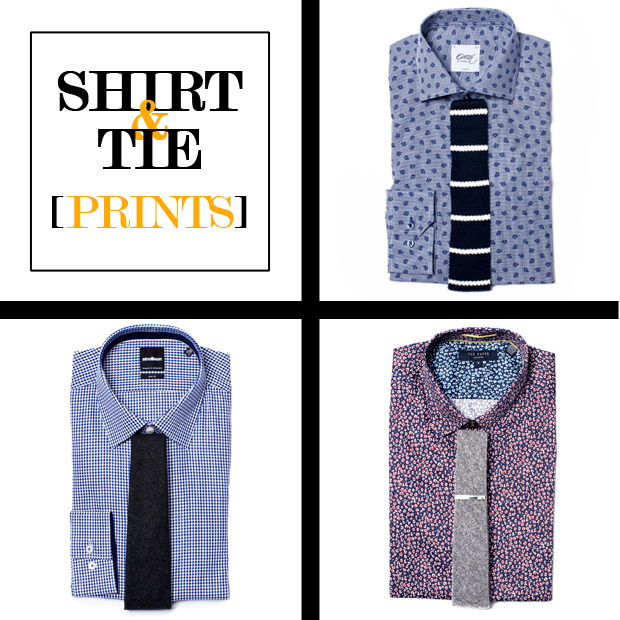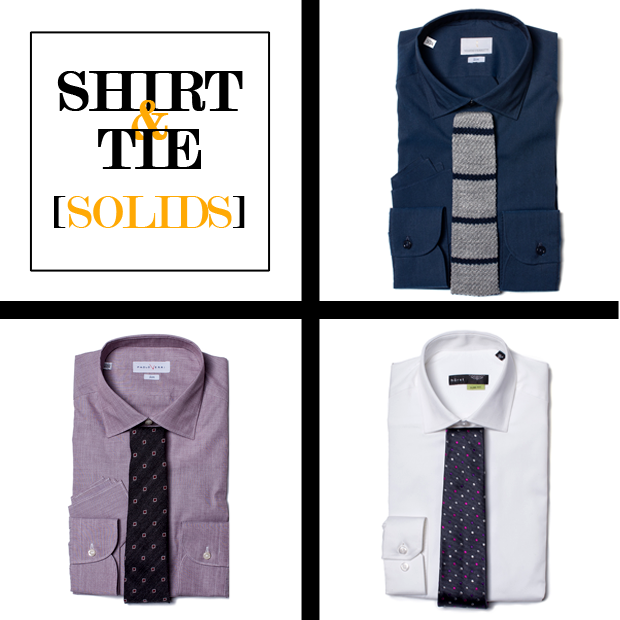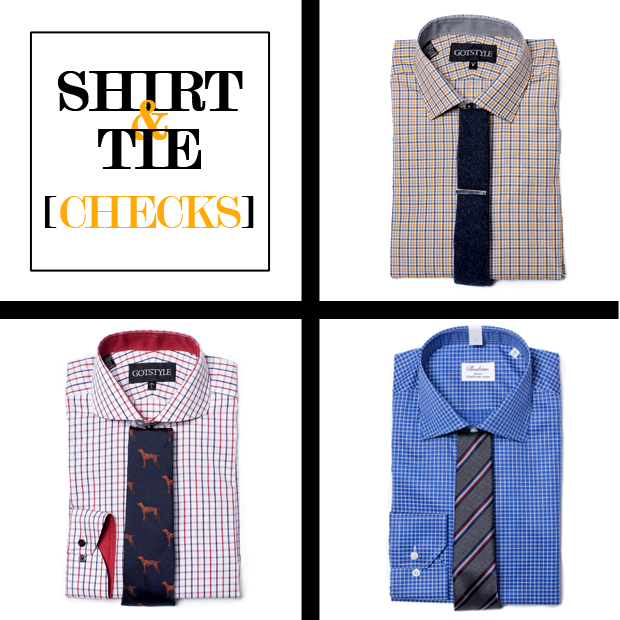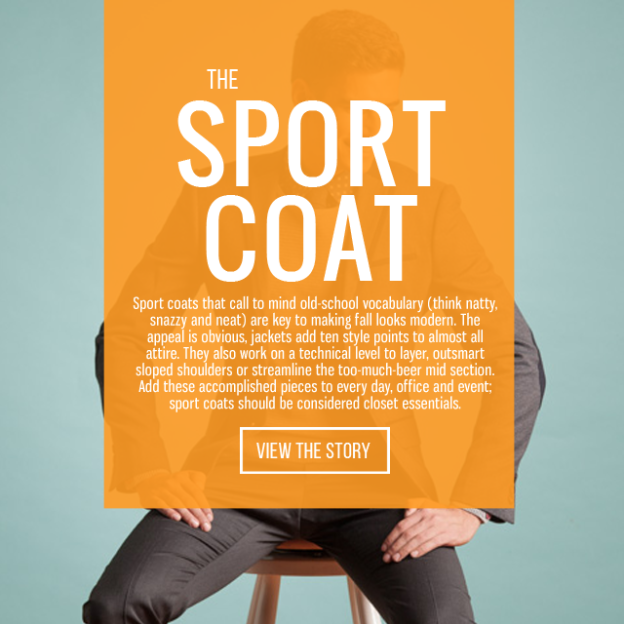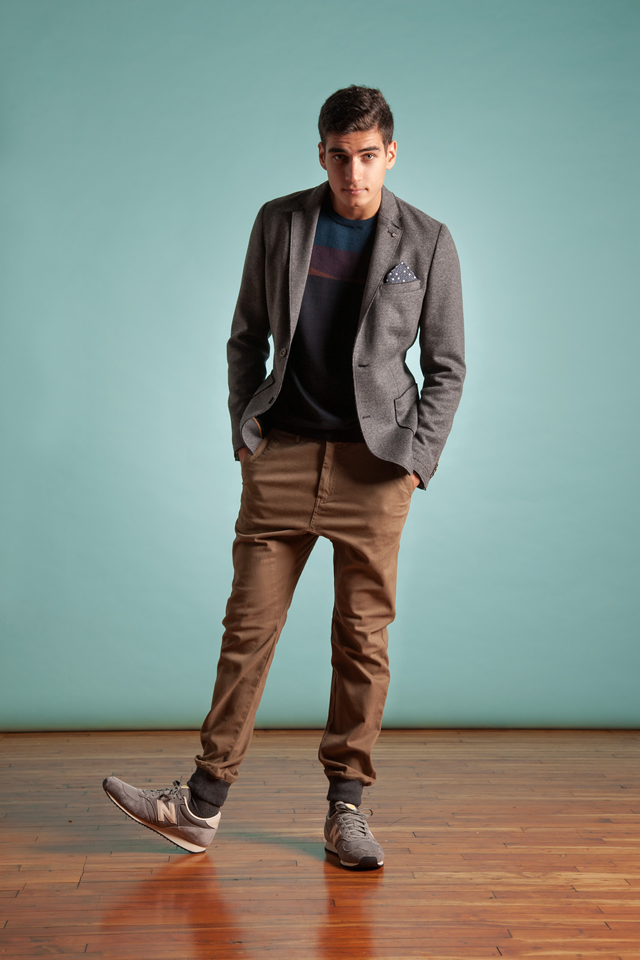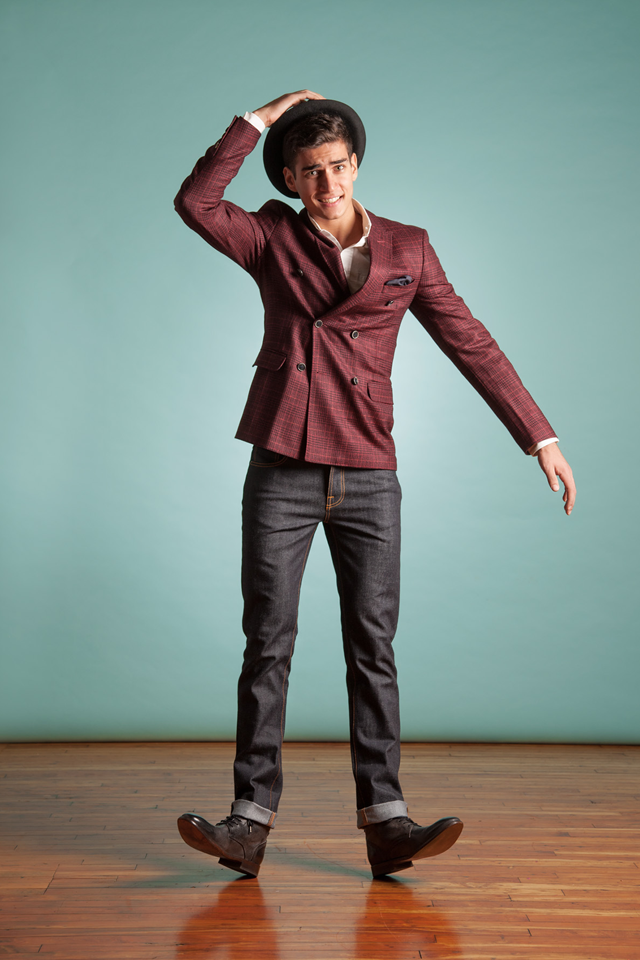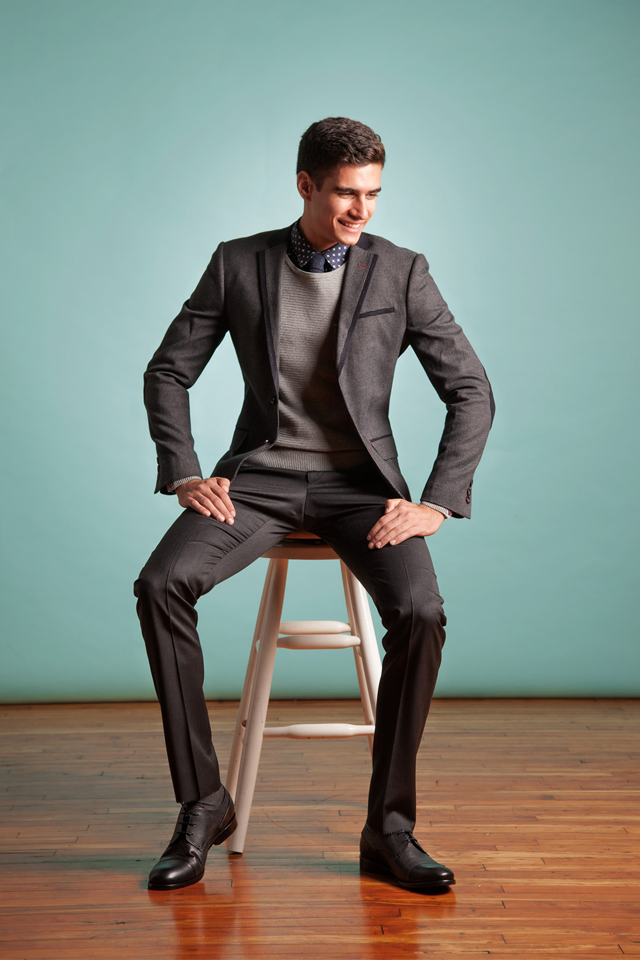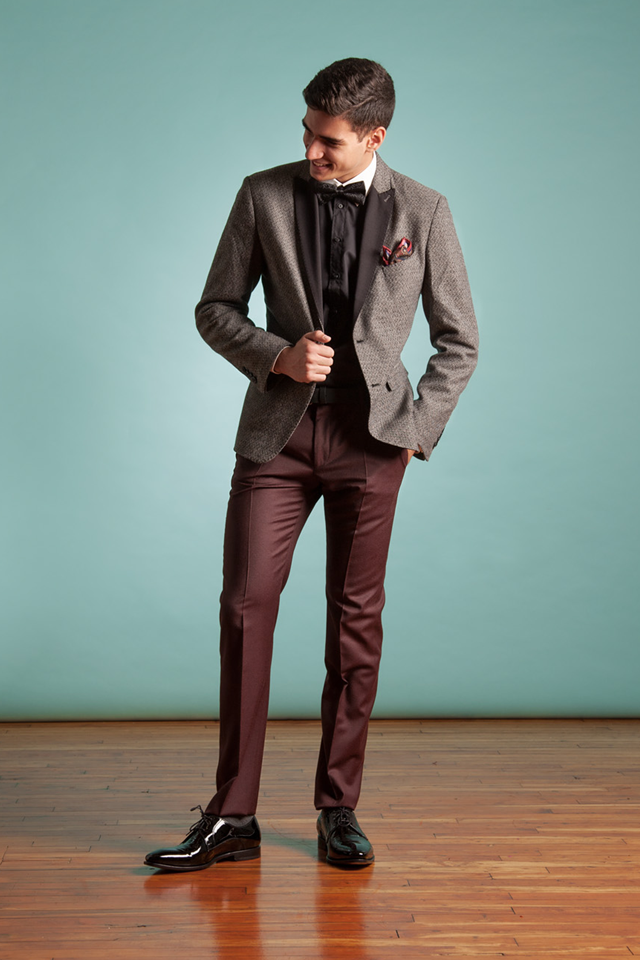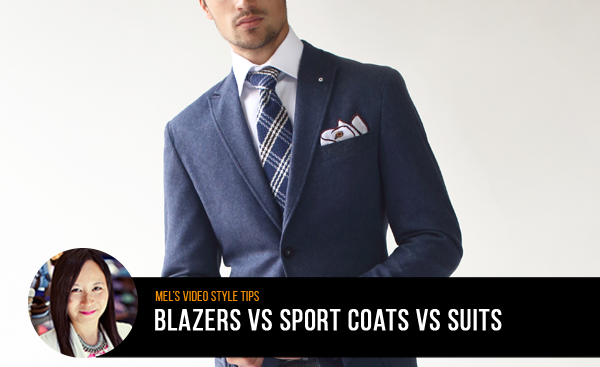A shoe, like a fine blazer, combines mechanical precision with human artistry and much like a blazer is made up of several components that give it its shape and structure. Before we delve into the various types/styles of footwear we felt it appropriate to give you a quick crash course on the basic anatomy of a shoe. Most men’s dress shoes are made up of these basic 12 elements, it’s the placement or construction of these pieces that give various dress shoes their unique style.
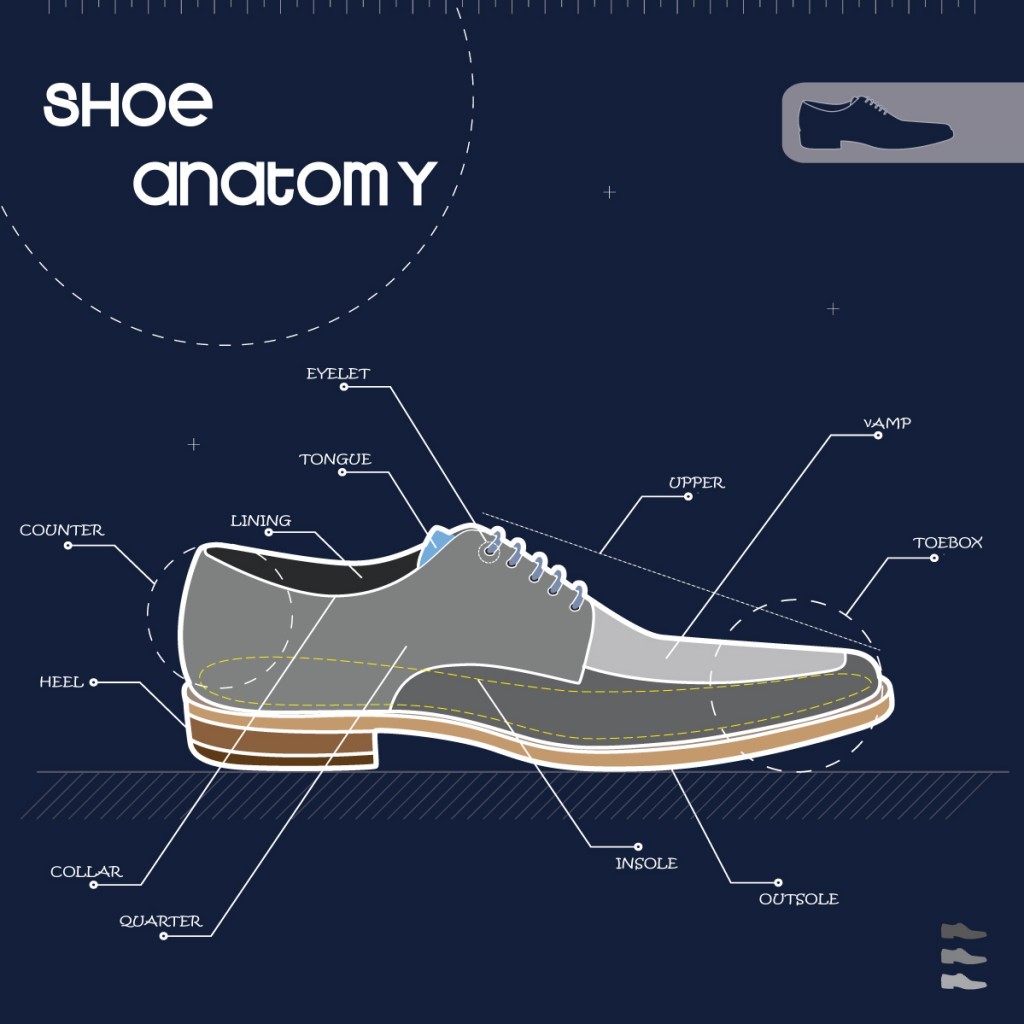
Counter: The half-moon-shaped piece of leather reinforcing the heel.
Lining: Part of the upper, the lining of a shoe is the inside material that touches the sides of the foot, the top of the foot, and/or the back of the heel. The main purpose of a lining is to cover the inside seams of a shoe, but linings made of special materials also tout comfort features such as additional padding, or the ability to pull moisture away from the foot.
Tongue: A strip of leather running just under tehe laces of the show all the way to the opening or throat.
Eyelet: An eyelet provides a smooth, rigid surface for laces to be fed through, and stops the fabric from fraying where the hole was made.
Upper: The term “upper” refers to the part or parts of a shoe that cover the toes, the top of the foot, the sides of the foot, and the back of the heel — it is attached to the outsole of a shoe. Depending on the style of the shoe, the upper of a shoe can be cut from a single piece, or can be comprised of many pieces stitched together. Parts of a shoe’s upper can include the vamp, the back, the tongue, the quarter, and the lining.
Vamp: The front part of the shoe that includes the toe box and the apron.
Toe Box: The front portion of the shoe that covers the toes. It should have support protecting the toes and should be approximately a half-inch longer than the length of the longest toe.
Outsole: The outsole is the bottom part of the shoe. Also referred to as the “sole” of the shoe, this is the part that comes in direct contact with the ground. The outsole of the shoe is often the part that will wear out first, but some shoes can be resoled by a shoe repair shop.
Insole: The insole is the inside part of the shoe that runs underneath the sole (bottom) of the foot. Insoles can usually be easily removed, and wearers will sometimes replace the manufacture’s insole with specialty insoles they’ve purchased separately. Insoles are also sometimes referred to as footbeds, inner soles or innersoles.
Quarter: The continuous side and rear panel that forms the side of the shoe, extending from the vamp in front to the hell in the back.
Collar: The counter of a shoe sits behind the heel of the foot, and is used to stiffen the back part of the shoe, and to give it structure.
Heel: The rear, padded area on the bottom of the foot, as well as the piece at the rear of the show that supports the heel cup. The heel should not slip off the wearer’s foot.

